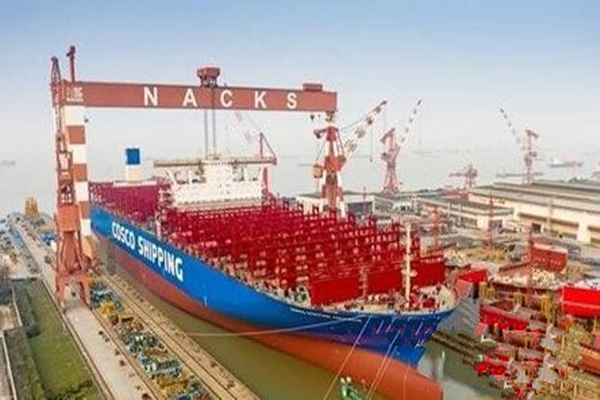On March 1, the 4th 20,000-gauge container ship "COSCO Kawasaki 234" built by Nantong COSCO Shipping Kawasaki was successfully unloaded under the towing of 6 tugboats, creating a new super-large ship unloading operation. Record.
It is reported that the "COSCO Kawasaki 234" has a total length of 400 meters and is the largest scale ship currently built in China. During the docking process, it is greatly affected by external forces such as wind and water flow, and the operation difficulty is extremely arduous. In order to reduce costs and increase efficiency, the company's leaders demanded that the rotation team strive to reduce the number of tugboats used and ensure the time of docking operations.
The three 20,000 TEU identical ships that had been delivered previously used 8 tugboats for towing operations in the docking operation.
In this launch, Nantong COSCO Shipping Kawasaki Manufacturing Headquarters led the water diversion Xu Weijun to meet the difficulties, took the initiative to elaborate, the use of six tugboat docking operations and safety measures, the target tugboat usage decreased by 25%. After careful discussion and scientific argumentation, the program was finally approved.
In order to ensure the safety of the huge wheel docking, the team has done a lot of detailed preliminary work, including measuring the river flow trend, checking the position of the big ship boll, the working condition of the anchor cable and the cable ties, and organizing the captain of the loan tug company to hold the meeting. Detailed explanation of the docking operation process and safety essentials, and full communication with the participating captain.
At 10:20 am on March 1, according to the established plan, under the coordinated towing of the six tugboats, the giant wheel slowly drove off the dock and moved into the Yangtze River.
At 11:20, the huge wheel was firmly placed in parallel with the No. 2 armored terminal. Thanks to the optimization of the entire unloading process, one hour ahead of the scheduled time, a lot of manual labor is saved.

